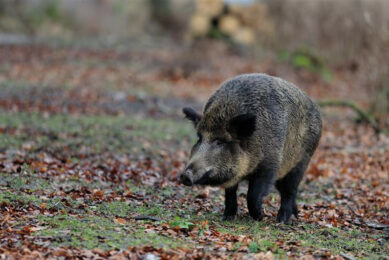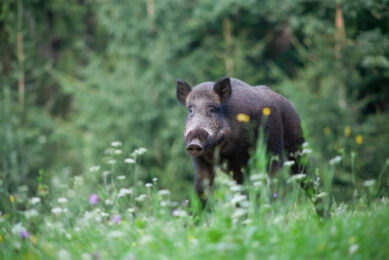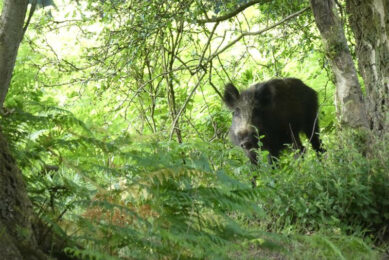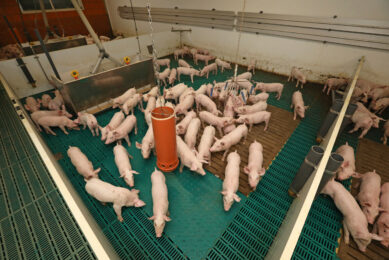Germany’s pig industry: Just a dip or will it fall?
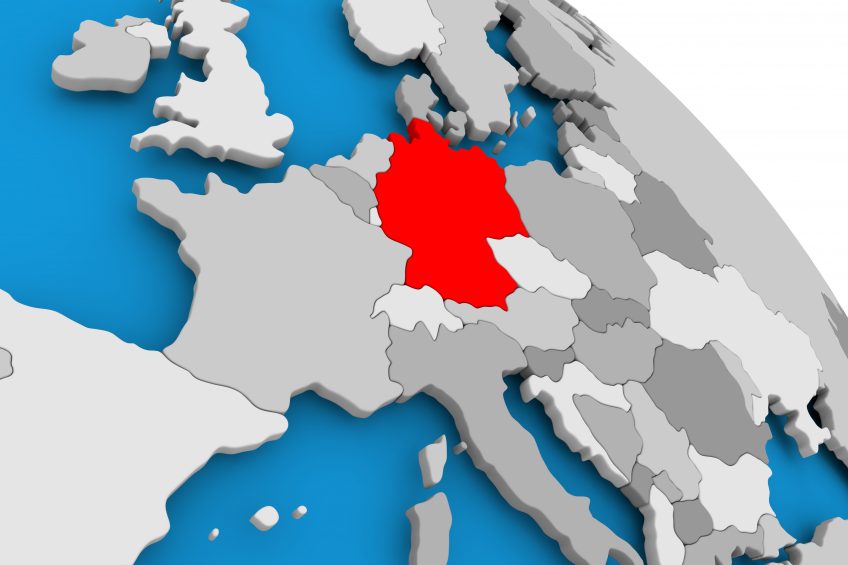
Germany, home to EuroTier and one of the largest swine herds in Europe, recently saw its pig production volume as well as its exports decline. If these developments turn out to be the onset of a long-term process, the effects will be felt all over Europe.
Over the past 2 decades Germany’s pig industry has grown with a remarkable pace. In the past 2 years, however, the growth not only levelled off but even entered a phase of decline. A decreasing domestic demand and changes in foreign trade patterns are first indicators of a new phase.
New challenges have to be dealt with. It is still an open question – how the industry from primary production via slaughtering to further processing will handle the growing social opposition against intensive livestock production, stricter environmental legislation and animal welfare demands. In this article, the dynamics of pig meat production and trade will be documented for the period from 2012 to 2017 and an outlook for the coming years will be presented.
Pig slaughter and imports of live pigs
Between 2012 and 2016, the number of slaughtered pigs increased from 58.4 million to 59.4 million, but in 2017 it fell by 1.5 million or 2.6%, a sharp drop compared to the preceding years, as can be seen from Table 1.
Since 2010, German pig slaughter has hovered between 58.6 and 59.7 million hogs, before it dropped below 58 million animals. The high slaughter volume was not based on domestic hog production alone, but could only be reached on the basis of considerable imports of piglets and slaughter pigs, mainly from Denmark and the Netherlands. The decline in pig slaughter in 2017 had impacts on the import volume for breeding pigs as well as for slaughter pigs (Table 2).
Of the 15.7 million breeding pigs and piglets which were imported in 2017, 8.2 million (52.2%) came from the Netherlands and 6.5 million (41.4%) from Denmark. The import of slaughter pigs decreased from 4.7 million in 2012 to 4.0 million in 2017 or by 14.9%. This is mainly due to a sharp reduction of the imports from Denmark and the Netherlands.
The imports of slaughter pigs from Denmark fell from 169,900 in 2012 to only 77,165 in 2017 or by 45.0%; those from the Netherlands from 4.0 million to 3.1 million or by 22.5%. This documents not only the recovering swine industry in both countries from several years of stagnation but also the reduced demand for piglets and slaughter pigs in Germany.
Pig meat production down
Between 2012 and 2017, German pig meat production decreased by 63,000 tonnes or 1.2%. It was the first time since 2011 that the production volume fell below 5 million tonnes. Table 3 shows that pig meat production was more or less stable between 2012 and 2016.
This reflected the development of the per capita consumption of meat. But from 2012 the per capita consumption of pig meat decreased continuously and dropped below 50 kg in 2017. In contrast, the consumption of poultry meat increased. The lower domestic demand for pig meat resulted in an increase of the self-sufficiency rate from 116.8% in 2012 to 120.4% in 2017 (Table 4). This had, as will be documented below, impacts on foreign trade.
The dynamics in Germany’s pig meat trade
The decline of the per capita consumption and the increasing self-sufficiency rate resulted in increasing exports and falling imports. Between 2012 and 2017, the export volume grew by 122,000 tonnes or 4.4%; on the other hand, the import volume decreased by 85,000 tonnes or 6.9%.
The counter development resulted in a trade surplus of 207,000 tonnes in 2017 (Table 5). The export volume reached a peak in 2016 with over 3 million tonnes. This volume could not be maintained, however, and fell by almost 150,000 tonnes in the following year.
Developing new export markets
The Russian embargo on imports of animal products from EU member countries forced the leading German pig meat producing and exporting companies to develop new markets. From the data in Table 6 it is possible to see that besides to EU member countries considerable amounts of pig meat were exported to counties in East Asia.
In 2017, China, Hong Kong and South Korea had a share of 578,000 tonnes or 19.6% in the German export volume. This documents the success of the German pig meat producers to cope with the challenge.
High imports despite growing self-sufficiency
At first sight it seems surprising that Germany imported over 1.1 million tonnes of pig meat despite a decreasing domestic demand and a self-sufficiency rate of over 120%. A detailed analysis of the imported meat would show that high-value parts (tailor-made cuts) or special products, such as sausage and ham, play an important role among the imported products. This explains the composition and ranking of the leading countries of origin (Table 7). The regional concentration in imports is higher than that in exports. The three leading countries of origin share exactly 2/3 of the total import volume.
Future challenges for Germany’s swine industry
After years of continuous growth, the German swine industry has entered a phase of stagnation or even decline. Various steering factors can be named for the recent problems.
- One factor is the decreasing domestic demand for pig meat, a result of the lower meat consumption of an aging population as well as of the younger age groups and religious barriers of the increasing number of persons with an Islamic confession.
- Another factor is the increasing production costs because of stricter animal welfare and environmental regulations.
- A third is the lasting low market prices for slaughter pigs and piglets which forced a growing number of farmers to quit production. Between 2012 and 2017, 6,400 pig farmers or 21.4% gave up. Of these, 4,100 breeding farms or 32.8% quit production.
It can be expected that because of the stricter legislation regarding animal welfare and environmental protection, the consolidation of pig husbandry will continue. In the preceding decade, the concentration process mainly affected smaller farms and the centres of production gained in importance. The new legislation regarding the possible application of manure and the high ammonia concentration in the air of these centres in North Western Germany will result in a decline of the swine inventories in these areas. The situation demands immediate reaction, otherwise the pig farmers may lose their license to produce.

Whether the planned national animal welfare label for fresh meat will be able to stop the downward trend in pig meat consumption and result in a higher social acceptance of intensive animal production – that is an open question.
Germany at a glance
Germany is one of the leading countries in pig husbandry and pig meat production not only in the EU but on a global scale. With a production volume of 5 million tonnes, it ranks third behind China and the USA and with an export volume of 2.9 million tonnes it is the leading pig meat exporting country. The recent decline of the production volume and of exports may indicate that the success story has come to an end. Stricter legislation regarding animal welfare and environmental protection, a declining social acceptance of intensive farming in large units and a falling domestic demand may accelerate the loss of pig farms. This may affect the German swine business as well as foreign trade.
The author is professor emeritus and scientific director of the Science and Information Centre Sustainable Poultry Production, University of Vechta, Germany. He can be reached by e-mail at hwindhorst@wing.uni-vechta.de.



